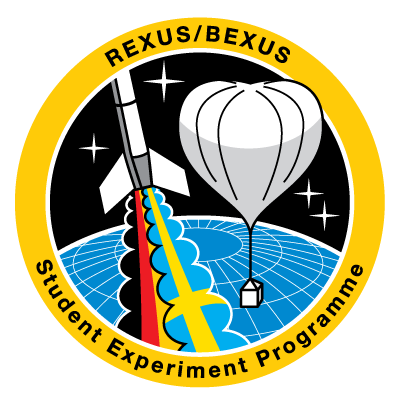BX13 – MARVel (Martian Airborne Research Vehicle)
Lulea University of Technology, Sweden
Launch Date: 26 September 2011
Project Marvel aims to design, build and test an unmanned aerial vehicle (UAV) suitable for cold, thin atmospheres, similar to the atmosphere of Mars. To date Mars exploration has been performed using ground-based rovers or orbiters. The ground-based rovers are slow, have difficulties exploring areas with rough terrain and are highly vulnerable to dust since they are powered by solar panels. Distant orbiters cannot perform in situ measurements and have limitations in terms of data resolution. A UAV dropped into the atmosphere of Mars would have the opportunity to perform high resolution in situ measurements and to cover large unexplored areas. To flight-test such a system, the airframe will be lifted to the lower regions of the stratosphere and the higher regions of the troposphere by the stratospheric balloon. At the specified altitude, the UAV will be released from the balloon, at which point it will embark on a glide trajectory. The aircraft will be controlled from the ground station during descent, and will be recovered using a parachute system. Several systems are vital for UAV including a telecommunications system, on-board electronics and software, actuators, ground station hardware and software, and also systems for support and emergencies. Throughout descent, the flight characteristics of the UAV will be monitored and stored by a Flight Data Computer for post-flight processing.
BX13 – VEXREDUS (Vehicle with EXtended RE-entry Duration – University Stuttgart)
University of Stuttgart, Germany
Launch Date: 26 September 2011
The aim of the VEXREDUS experiment is to design, develop and flight-test a blended wing body glider concept; and to evaluate its atmospheric re-entry characteristics when dropped from the BEXUS balloon. The glider will be placed beneath the balloon during ascent, dropped upon reaching the desired altitude and then will autonomously glide back to a designated landing site. This will be achieved by using an onboard autopilot system that will be capable of waypoint navigation. The mission objective is to gain insight into the aerodynamic behaviour of the glider in low density atmospheric layers. This will be done by combining all the onboard logged data of the autopilot system which includes position, speed, attitude, pressure, temperature, g-loads/accelerations with onboard captured high definition video. Optional objectives are the integration of additional sensors such as atomic oxygen detectors or microphones for atmospheric research.
BX06 – ICARUS (Remote-controlled lifting body)
Romanian Space Agency, Romania, Warsaw University, Poland
Launch Date: 8 October 2008
The aim of the ICARUS experiment was to flight-test a remote controlled lifting body module, which enabled recovery of small to medium sized payloads from high altitude balloons. A lifting body is an ‘aerodynamic configuration’ in which the body itself produces lift, without the use of conventional wings. The induced drag and structure of the wing is minimised for high speed flight, making it ideal for re-entry purposes. By making some aerodynamic modifications, lifting bodies can also be used for recovery of high altitude payloads in low speed flight regimes. Given the initial high altitude of the balloon and the low loading of the lifting body, the vehicle can glide for considerable distances, reaching the ground in a controlled manner, with the internal volume being made available for experiments and sensors. During the test-flight, the lifting body’s flight parameters; such as altitude, air speed, pitch angle and roll angle were measured and transmitted back to the ground so that the aircraft could be controlled in real-time. The locally induced air pressure acting on the lifting body was also measured at 0.5 second intervals at several key points, enabling post-flight analysis of the vehicles air-flow characteristics, and subsequent calculation of coefficient of drag/lift and gliding ratios. All of this data was to be used to further optimize the design.







